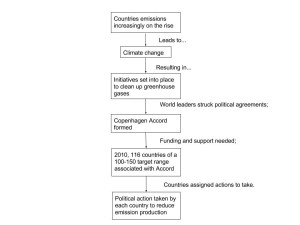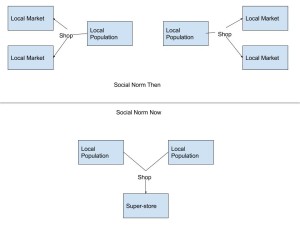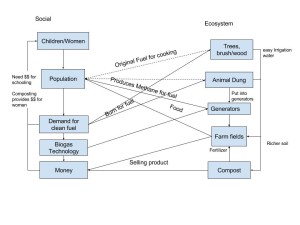- List and explain what type of biodiversity is most common in your area.
- Explain why biodiversity is important.
In the town I grew up in, Lakewood PA, species diversity is by far the most common. The town consists of a small population spread over a large area leaving lots of room for a vast variety of species. Considering the amount of wooded areas, there are many woodland creatures that roam the areas in between human activities. The creatures includes things from skunks, deer, squirrels, bears to grass hoppers and ants, etc. Of course there are many others in Lakewood as well as in other towns too. The town gets is name from the number of lakes in the area allowing for many fish habitats to be present. Although most of the ponds and lakes in the area contain the same types of fish, there are still a number of species that occupy the waters. In addition to animals, there are a number of tree and plant species in the area such berry bushes, flowering plants, harvest products, and different trees. It is always refreshing going to visit Lakewood because I get to see untouched land that is still diverse where human activity has not pushed out all other living beings.
Biodiversity is important for sustainability of all life on Earth. More specifically, biodiversity sustains human life making it all the more worth while protecting. A perfect example is the food chain. Everything that is bigger eats the things that are smaller or weaker but, what about those smaller things? If there are no small things for the larger things to eat then the food chain will slowly begin to crumble all the way to the top. I generally manage to sneak some sort of informative piece about environmental awareness in my other posts but this one in particular focuses on it. Human activity has proven to push out other species where ever they go. Just look at the rain forests. Deforestation used to be dangerously high, still being a high concern today, to facilitate human populations, whether it is wood to build houses or furniture or just destroying the forests so there is room to build a new shopping mall.



